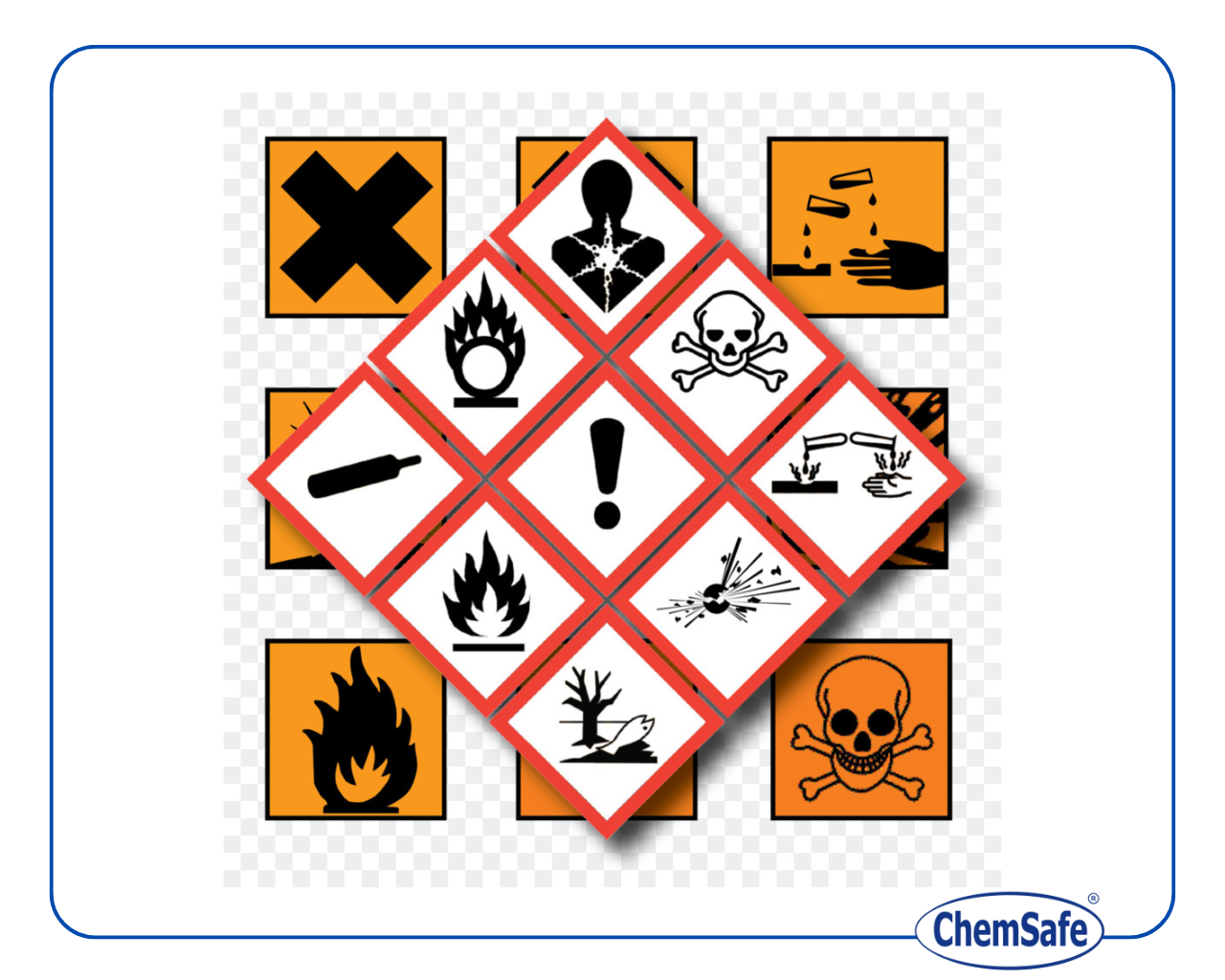On May 16, the European Commission published Regulation 1328/2024, which amends Annex XVII of Regulation (EC) No 1907/2006 concerning the Registration, Evaluation, Authorisation, and Restriction of Chemicals (REACH). This amendment addresses octamethylcyclotetrasiloxane (D4), decamethylcyclopentasiloxane (D5), and dodecamethylcyclohexasiloxane (D6).
D4, D5, and D6 are volatile cyclic methylsiloxane compounds (cVMS) with four, five, and six siloxane groups, respectively. These substances are produced in large volumes and have a wide range of uses, including in construction, personal care products, and as intermediates in the production of silicone polymers.
Environmental Concerns
The primary concerns regarding D4, D5, and D6 are their environmental impact. These substances are released into aquatic environments and the atmosphere. They are persistent, bioaccumulative, and toxic to aquatic life. This means they do not degrade easily, accumulate in living organisms, and can cause significant harm to aquatic ecosystems. Consequently, ECHA has identified them as substances of very high concern (SVHC).
EU Restrictions
With this new Regulation the restriction has a wider scope of application: the restriction no. 70, already existing, now also includes D6 and no longer only concerns rinse-off cosmetic products. This includes these substances as such, except polymers as defined under REACH, as components of other substances in a concentration equal to or greater than 0.1% w/w, or in mixtures in concentrations equal to or greater than 0.1% by weight.
Derogations and Specific Uses
Several exemptions apply. For example, the restriction for non-rinse-off cosmetics, medical devices, and pharmaceuticals applies from different dates. Additionally, D5 used as a solvent for dry cleaning textiles, leather, and fur will be restricted starting June 6, 2034.
Paragraph 1 of the regulation does not apply to the market placement of D4, D5, and D6 for the following industrial uses:
- as a monomer in the production of silicone polymers.
- as an intermediate in the production of other silicon substances.
- as a monomer in emulsion polymerization.
- in the formulation and/or repackaging of mixtures.
- Industrial production of articles.
- in non-metal surface
- Industrial use as a laboratory reagent in R&D activities.
Additionally, the regulation does not apply to:
- Market placement of D5 and D6 for use as medical devices, as defined in Directive 93/42/EEC or Regulation (EU) 2017/745, for treating/caring for scars and wounds, wound prevention, and stoma care.
- Market placement of D5 for professional use in cleaning or restoring art and antiques.
Concentration Limits for Exemptions
By way of derogation, paragraph 1 does not apply to the market placement of mixtures containing silicone polymers with residues of:
- D4, D5, or D6 in a concentration ≤1% w/w for adhesion, sealing, gluing, and casting.
- D5 in a concentration ≤0.3% w/w or D6 ≤1% w/w for use as medical devices for dental impressions.
- D4 in a concentration ≤0.5% w/w, or D5 or D6 ≤0.3% w/w for use as protective coatings, including marine coatings.
- D5 in a concentration ≤1% w/w or D6 ≤3% w/w for rapid prototyping and mold making, and high-performance uses stabilized by quartz
- D4, D5, or D6 in a concentration ≤0.2% w/w for use as medical
- D4 in a concentration ≤0.2% w/w, or D5 or D6 ≤1% w/w for use as silicone insoles for horses or horseshoes.
- D4, D5, or D6 in a concentration ≤0.5% w/w for use as adhesion
- D6 in a concentration ≤1% w/w for professional use in cleaning or restoring art and antiques.
- D5 or D6 in a concentration ≤1% w/w for use in pad printing or manufacturing of printing pads.
- D4, D5, or D6 in a concentration ≤1% w/w for use in 3D printing.
Closed Dry Cleaning Systems
Paragraphs 1 and 2 do not apply to the placing on the market for use, or to the use, of D5 as a solvent in strictly controlled closed dry cleaning systems for textiles, leather, and fur, where the cleaning solvent is recycled or incinerated.
The implementation of Regulation 1328/2024 reflects the EU’s commitment to reducing the environmental and health impacts of hazardous chemicals
References
- Are Cyclic Volatile Methylsiloxanes POPs? For Rigorous Science in Regulatory Decision Making, Michael S. McLachlan and Frank Wania, Environmental Science & Technology 2024 58 (20), 8607-8609
- ECHA Document
- EUR-Lex Regul







